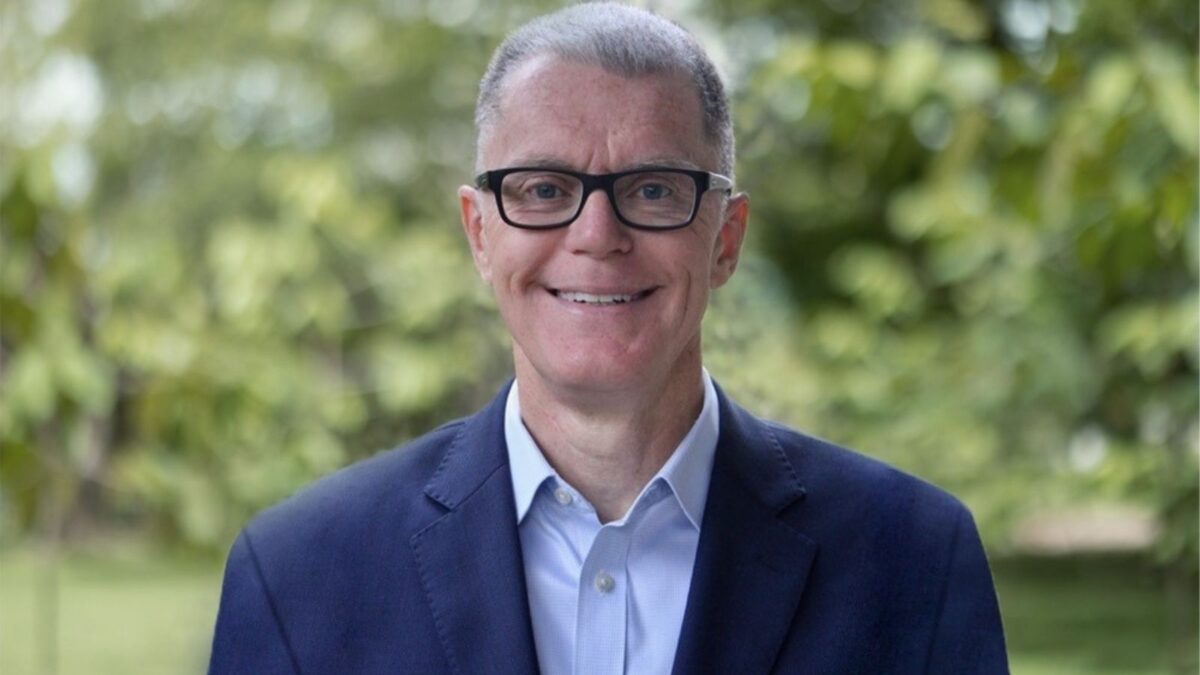Liquidnet quantifies losses due to trading inefficiencies
Seth Merrin
Fund managers and their institutional clients all know about alpha losses due to market impact and other trading-related leakages but the losses are often hard to quantify. According to a study by the global trading network Liquidnet, volatility is on average 250 per cent higher for brokers and smaller dark pools.
The results of the study into 34 Australian institutional broking desks and dark pools, published last week, showed that block trades from more than half the brokers surveyed produced a surge in a stock’s volatility of 10 per cent or more (over the period of one minute before and after the trade). The highest recorded surge was 65.8 per cent, compared with Liquidnet’s average of about 8 per cent.
The losses are all the more surprising because of the “blockiness” of the Australian market, according to Tristan Baldwin, head of Liquidnet Australia. He said that the average size of a block trade by Liquidnet in Australia was $2 million against the firm’s global average of $1 million.
He believes that the market in general – including the exchanges – had not kept pace with the increasing size and sophistication of the institutional investment space.
The information has become more readily available since last year when Australia became attributed on a T+3 basis, enabling “a light to be shone across the block-trading market”, he said. He said that the weight of money had lead to “a lot of mediocrity”.
Seth Merrin, Liquidnet founder and chief executive, and Rob Laible, global head of execution and quant services, were in Australia last week from New York head office, explaining recent trading trends.
Merrin, known for his criticism of market inefficiencies, said that many dark pools were not catering for institutions as they were when they started. Trades were getting smaller, aided by the increase in high-frequency trading and the proliferation of smaller pools. “If you are going to operate a dark pool you have to be large in scale,” he said.
Liquidnet focuses a lot of attention on best execution by taking away or reducing a lot of problems, such as supply/demand imbalances, predatory trades and institutions having to go against retail flows, he said.
Liquidnet announced it had entered the fixed income market in the US and Europe in September – but with no current plans for Australia – to improve the even-worse liquidity and efficiency problems in corporate credit.
Corporate credit has become a potentially massive liquidity issue in the past year or so because of the withdrawal from the capital provision and warehousing part of the market by the major banks, coupled with a higher demand for credit by investors searching for yield.
“There is no solution to the lack of market structure for corporate bonds right now,” Merrin said. “Banks have pulled back to zero on their balance sheets. Our customers own about 85 per cent of the liquidity so we are now doing the role of an exchange by creating a liquidity pool…
“This is a US$20 trillion market which has virtually zero automation. The only way you can trade [a corporate bond] is through a human being. There are a lot of folks who think that the corporate bond market could possibly trigger the next financial crisis.”
On the Liquidnet study, Baldwin said: “Increased volatility following a block execution is generally expected as the market absorbs that trade information, but a surge in volatility preceding a block execution suggests information leakage can adversely move the market and significantly impede trade performance…
“Information leakage is the nemesis of block trading and is the reason dark trading venues exist, enabling large institutions to transact large blocks of stock safely and efficiently without the worry of market impact, predatory HFT or gaming.”
The study involved analysing 31,000 block trades from the ASX and Chi-X data between January and June this year, across 424 securities.










